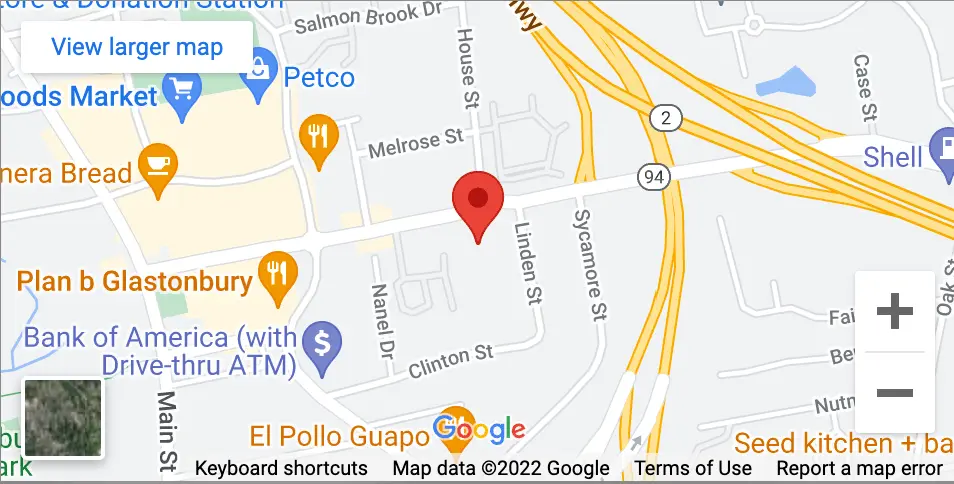
Gynecomastia is the development of enlarged male breasts. This condition can happen at any age and it is usually caused by hormonal changes, the use of certain medications or genetics. The condition can range from slight puffiness in the nipple to a fully formed man boob, and it can happen in one or both breasts.
There is a difference between actual gynecomastia and the development of chest fat from weight gain.
Gynecomastia is a common condition, especially during puberty. It is estimated that up to 65 percent of all adolescent males will develop gynecomastia, but it will usually resolve itself within a year or two of onset. That means most young boys will outgrow their enlarged breasts.
How Do I Know If I Have Gynecomastia?
The diagnosis of gynecomastia is usually first made when a man notices some swelling in his nipples. The nipples begin pointing out and the areola (the area around the nipple) becomes more prominent. Then the breast may start swelling.
Here are a few steps you should take when trying to determine if you have gynecomastia.
- Account for hormonal changes – Take note of any recent hormonal changes, which can account for the breast enlargement. This is quite common in young boys at the onset of puberty. If you’re a young boy and you are experiencing a growth in breast tissue it is most likely due to your changing hormone levels, which will regulate themselves on their own. Men can also experience hormonal changes due to certain medications, recreational drugs, or health conditions.
- Do a self-exam – It is important to do a self-exam to understand whether you are experiencing chest fat or gynecomastia. Fat deposits look like a breast but they are much softer to the touch and they are saggy. Real breasts are firmer. They look and feel much more like a woman’s breasts.
- Know the signs – Look for a hard lump under the nipple or in the chest. Gynecomastia often starts with a small lump under the nipple and grows into a breast. Next, touch your entire chest area and look for signs of sensitivity. Gynecomastia is often accompanied by some soreness. Next, look at the nipples. One of the signs of gynecomastia is an erect and puffy nipple.
About Gynecomastia Surgery
If you have gynecomastia, there’s no need to live with the embarrassment. Thousands of men each year turn to male breast reduction surgery to resolve their gynecomastia. Technically known as reduction mammoplasty, male breast reduction is a surgical procedure that removes excess fat, glandular tissue, and skin to produce a firmer, flatter, more masculine chest contour.
To learn more about gynecomastia surgery, contact us for more information or to schedule a consultation. Harold E. Beam, MD Plastic Surgery is located in Glastonbury, Connecticut, serving residents of Glastonbury, New Britain, Hartford and surrounding areas.



FOLLOW
US